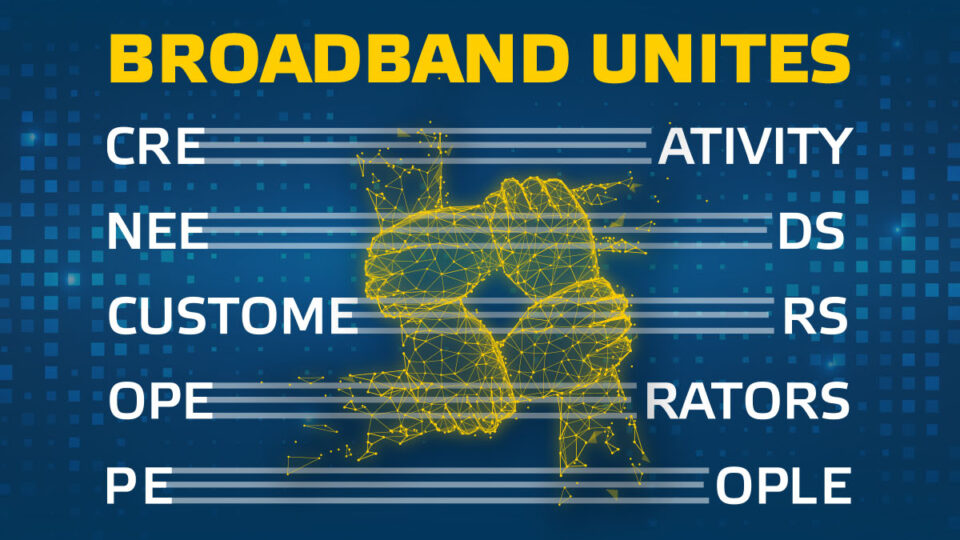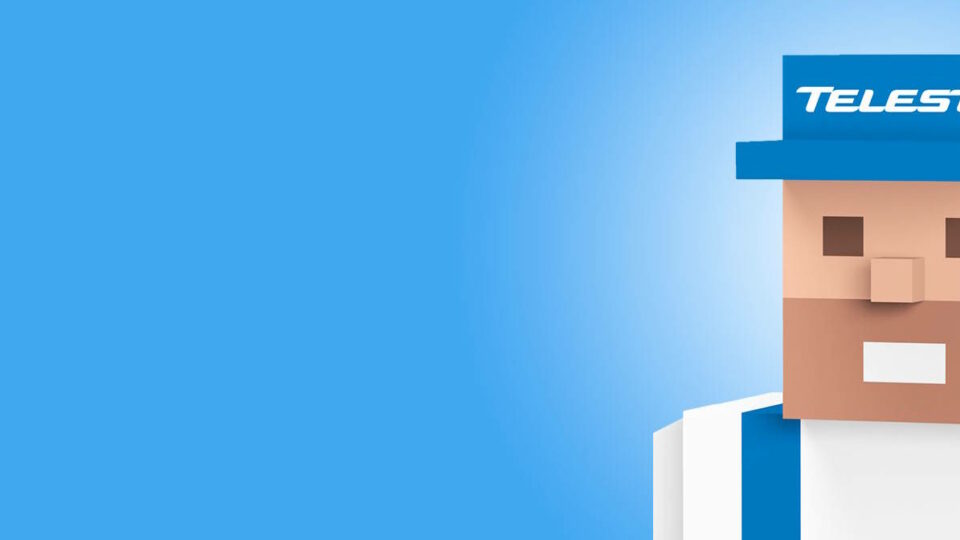
The shift to all IP video delivery does not make linear TV disappear
In a transition where everything is moving towards IP distribution, some fundamentals still remain the same. Namely, linear tv remains at the core of the modern television watching experience for the vast majority of the population across the globe. As long as there are tuner receivers in homes, there will be a need for linear tv broadcasting and video headend technologies to drive it.
New consumption habits are constantly driving advancements in technology; networks are getting faster, bandwidth is getting larger, data formats and compression methods are also getting more and more efficient. It is inevitable that the majority of video traffic will ultimately move into IP based networks. However, as we see it, that day is still possibly even decades away.
Admittedly, cord cuttings are increasingly popular, but those who choose not to, still remain as the majority. The sheer installed base of legacy devices with tuner receivers is still massive, and history has proven that this installed base of users is extremely slow to replace their existing televisions and set-top boxes. The linear broadcast business remains extremely profitable and there are still millions of customers to be served, especially in areas where high-speed internet access is not a reality.
Unmatched Reliability, Predictability, and Scalability
With linear television distribution, comes a certain level of expectation. Thanks to the maturity of the technology, end-users have come to expect a level of reliability from linear tv delivery that IP based solutions and OTT services cannot quite match. It offers an uninterrupted and static broadcast stream of content, which is not reliant on fluctuations in data bandwidth and processing power. With linear distribution, a predictable load can be transmitted to millions of tuner receivers with unparalleled consistency. It also requires less maintenance, less power consumption and even less rack space in server rooms. These are some of the reasons why linear broadcast television still reigns supreme and remains at the core of delivering high-quality live broadcasts including news, sports, and other current events content.
Brute Force versus Precision
Operators are providing consumers with a growing diversity of video content through their networks and many are now facing pressure to consolidate existing technologies into server and cloud-based solutions. On a surface level, this may seem like the way of the future, but operators are quickly discovering that the distribution of linear broadcasts via an IP network is extremely inefficient. The sheer amount of processing power and bandwidth required to facilitate the live distribution of high definition, let alone 4K broadcasts via an IP network does not make a lot of sense. Each stream of data needs to be delivered individually across the network, and inevitable maintenance breaks can affect video delivery. Brute forcing it is doable, but in most cases, a dedicated edge QAM platform can do the job better and for much less effort and investments.
Video and Data – hand in hand but levels apart
In many respects, video and data delivery go hand, but there still remains a set of fundamental differences in the technologies that warrant not only dedicated hardware but also dedicated expertise. Video professionals and data professionals don’t always speak the same language as the core technologies involved still remain detached from each other. Data engineers are often not fluent in the intricacies of QAM technology and video experts are often not versed in IP trivia. The terminology and mindset differ quite a bit, and this is where Teleste comes in by offering solutions that help these two sides concentrate on their own area of expertise and what they do best.
Our advantage is that we are not merely a node manufacturer. We really know what to do at both ends of the isle. Our latest headend solution Luminato 4X4 is designed to handle broadcast video over traditional networks, and it can work side-by-side with distributed access architectures such as CMTS (Cable modem termination system) and CCAP (Converged Cable Access Platform). It is also scalable to the evolving networks and customers’ demands as well as emerging new technologies. That being said, the resilience of linear television is not to be underestimated. It has become evident that a shift to all IP does not mean the sudden death of linear television. On the contrary, both need to co-exist and have the potential to grow together, and with the right solutions and expertise, cable tv operators can efficiently leverage the best of both worlds.
Read more about the Luminato 4×4 headend solution.
Julius Tikkanen
Julius Tikkanen
I’m currently heading Video Service Platforms business at Teleste. I joined the company in 2005 and have since had an outstanding position to follow how video processing solutions and consumer behavior have developed into where those are today. See my LinkedIn for more information.



